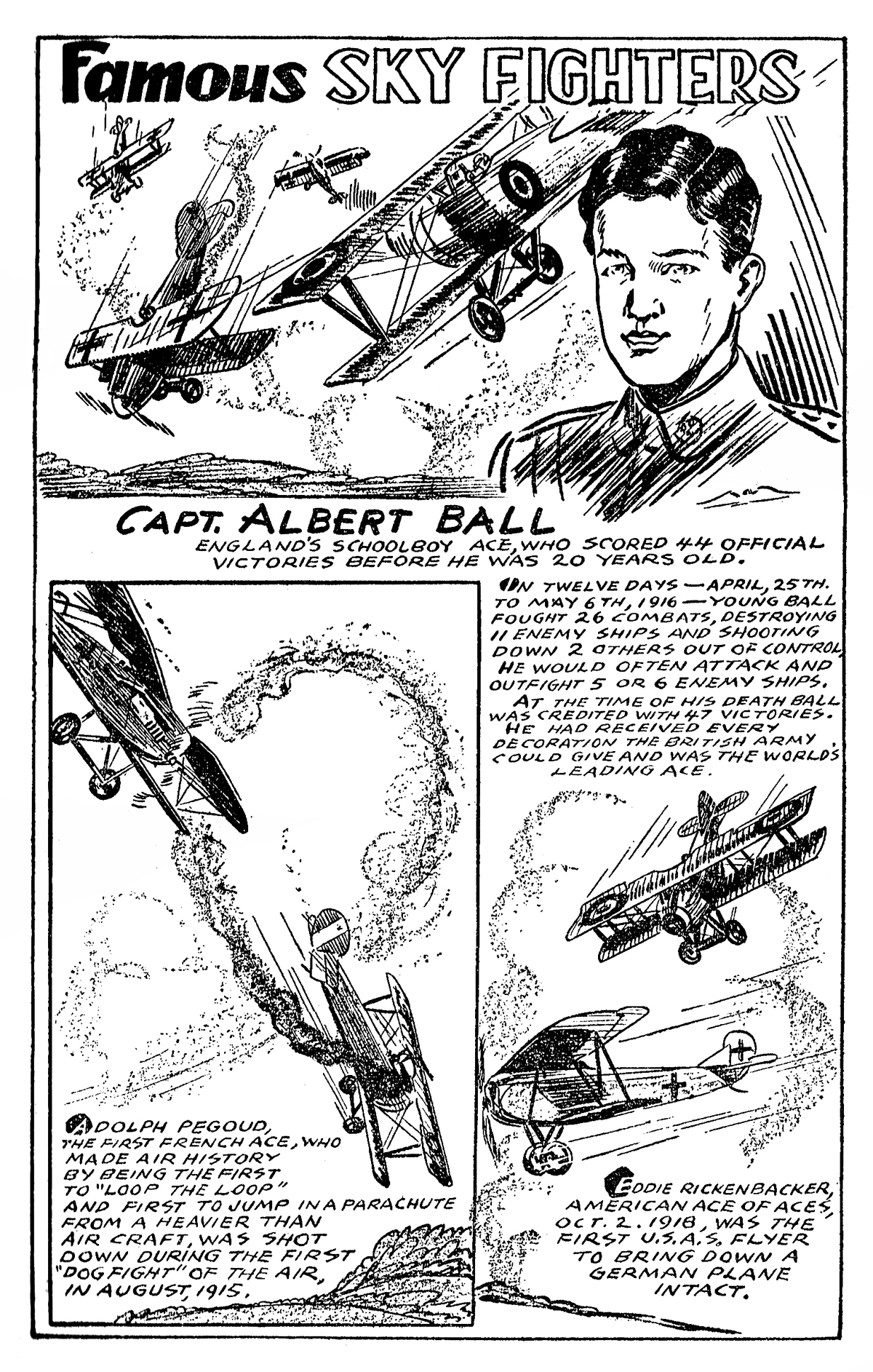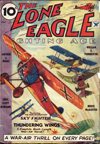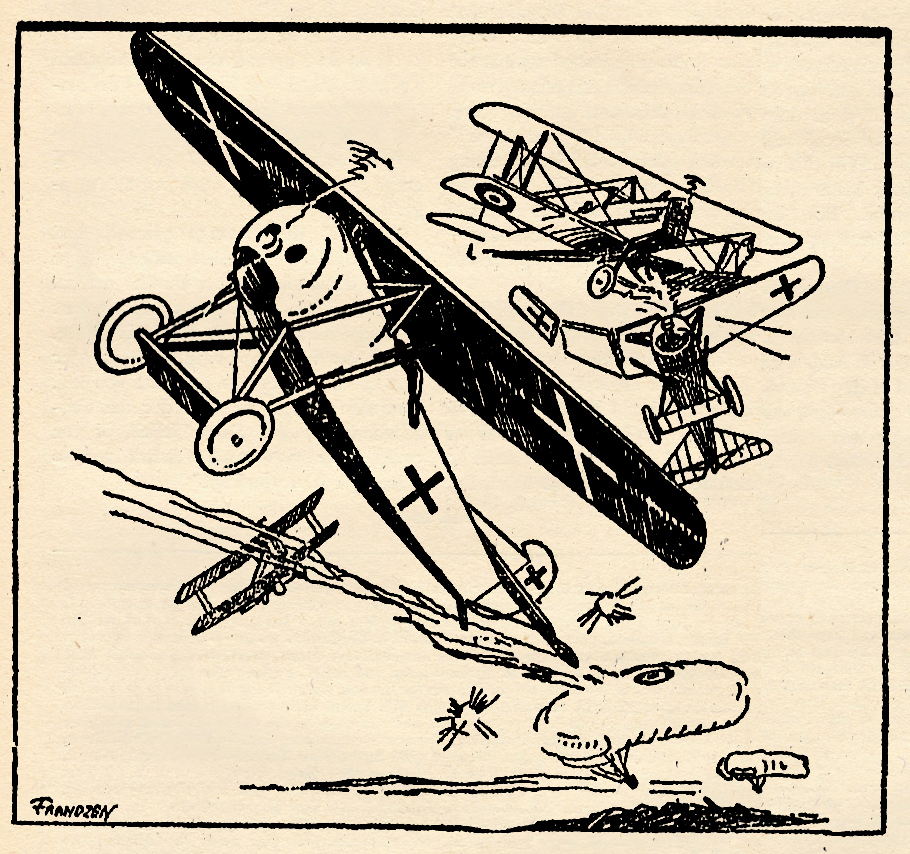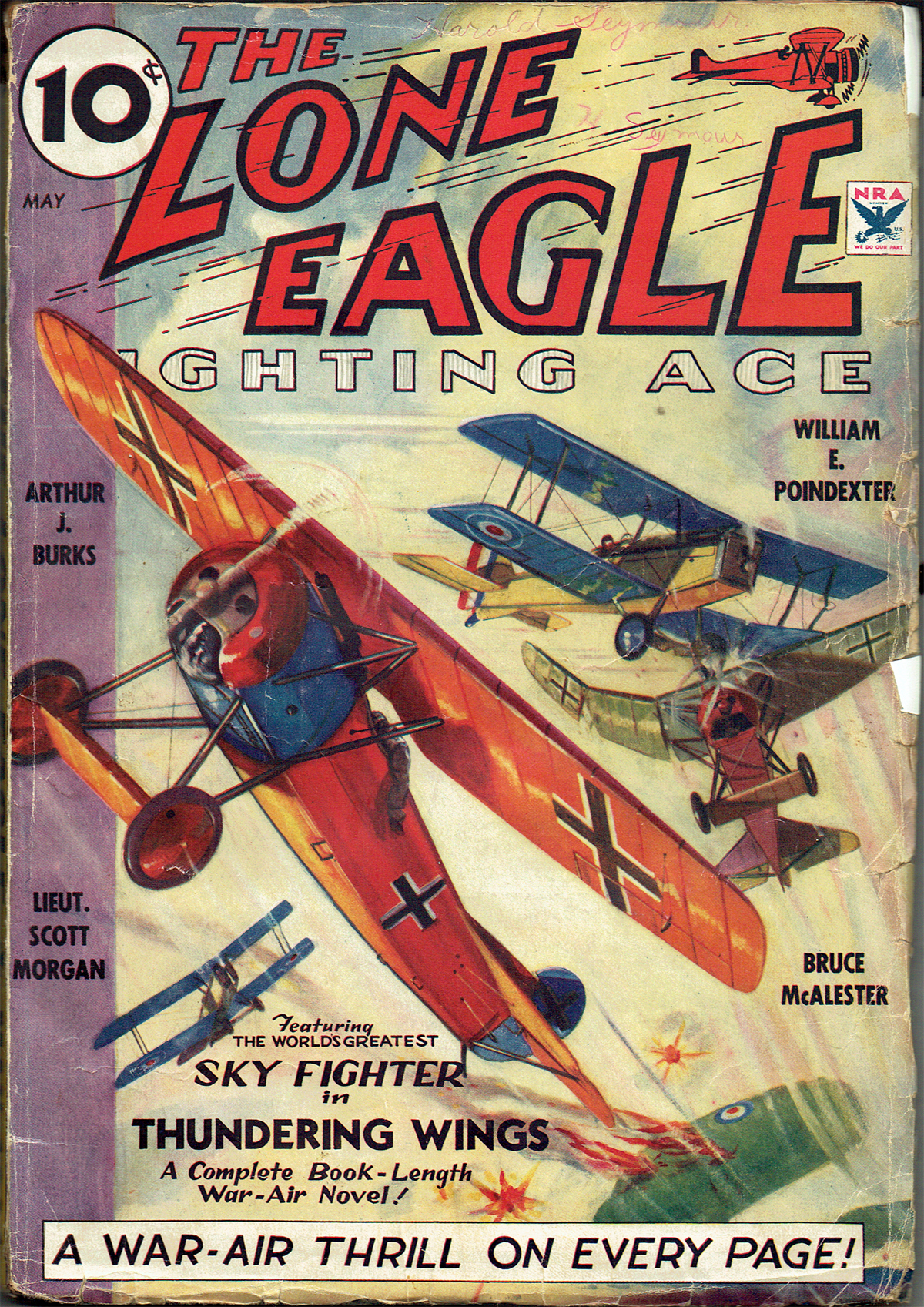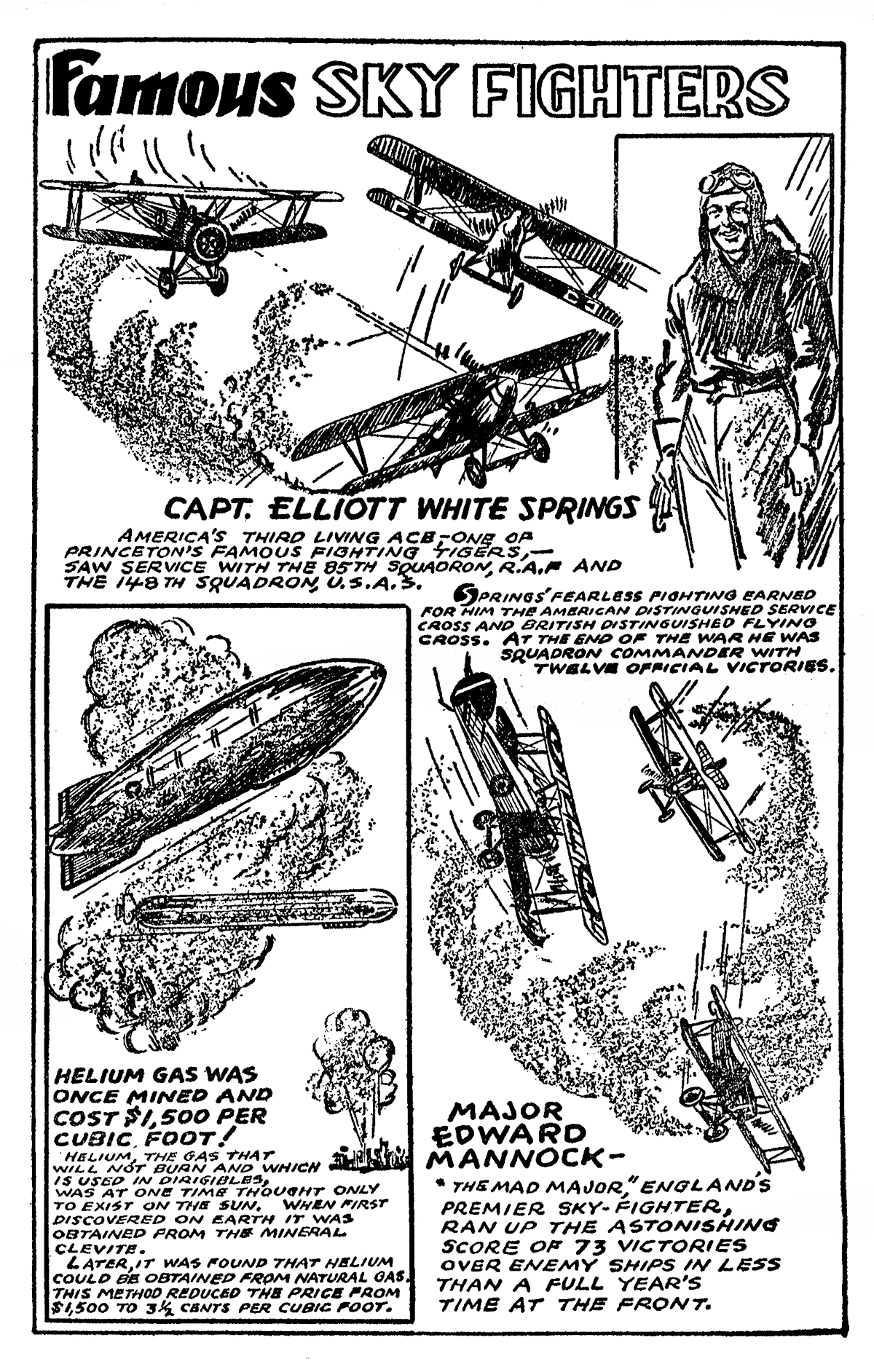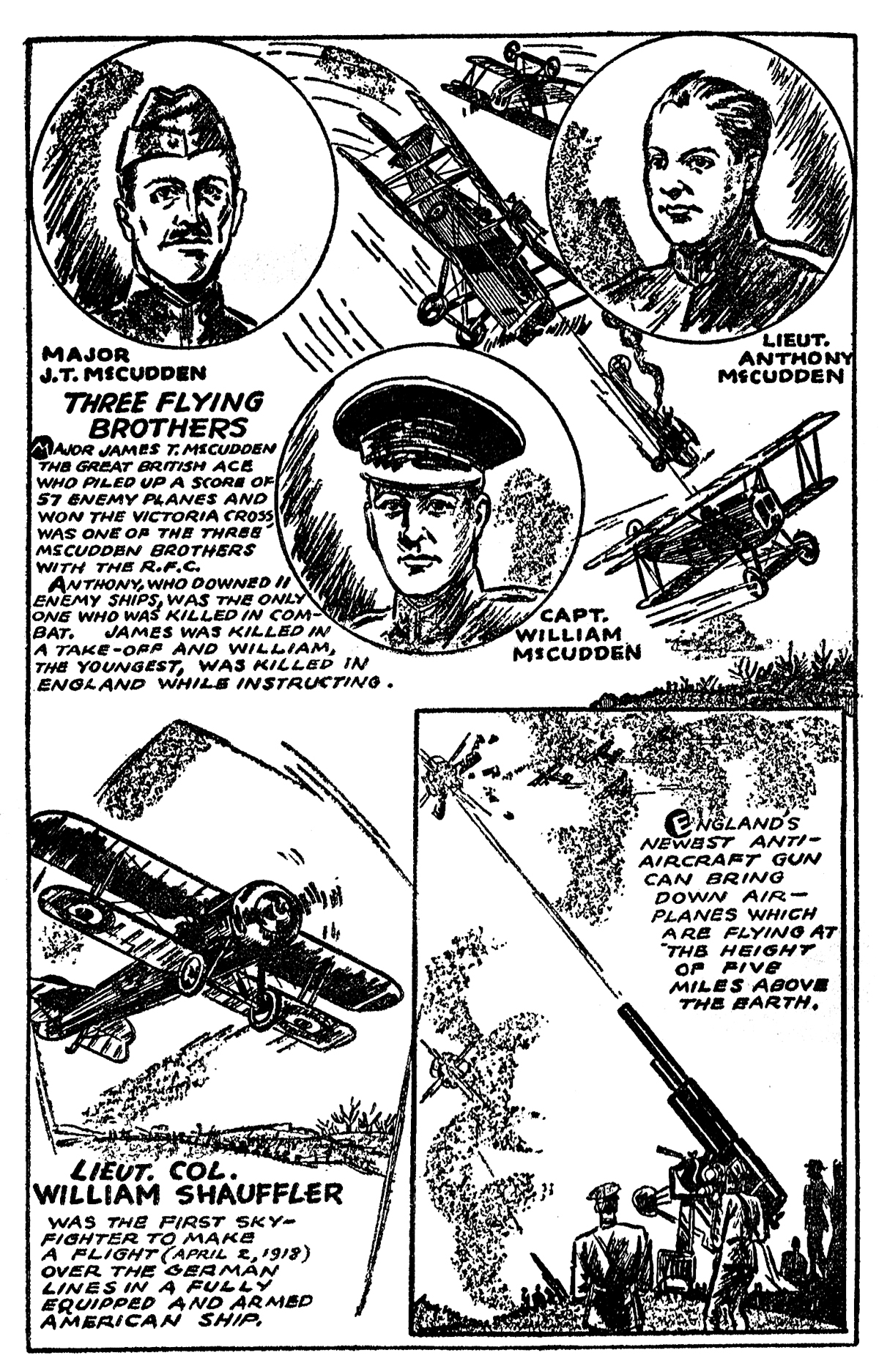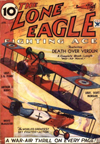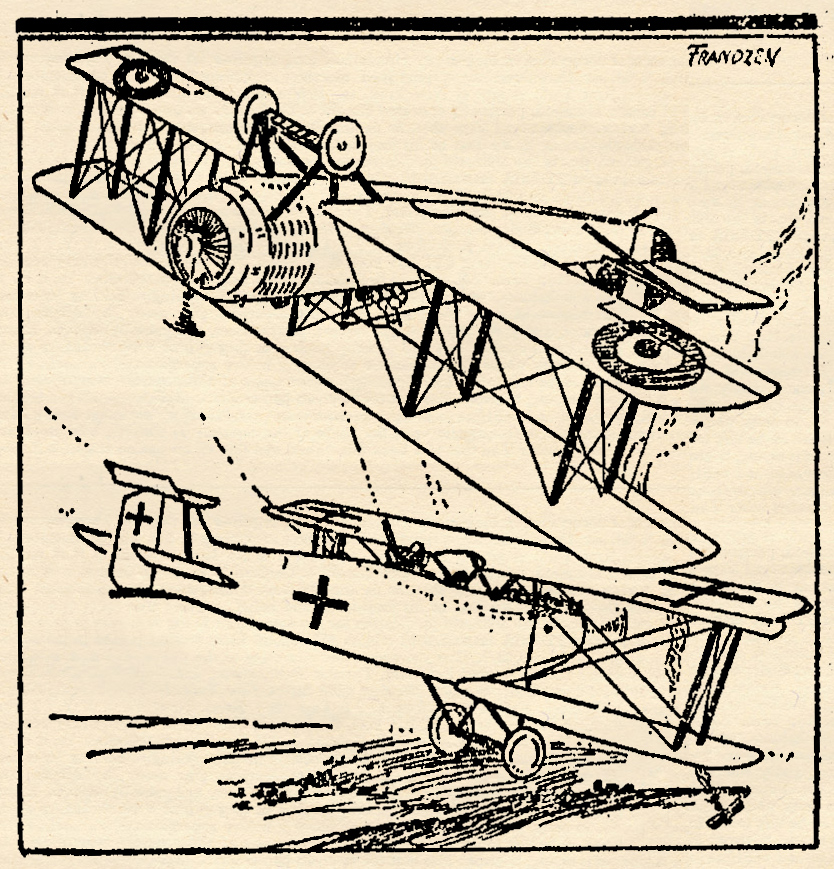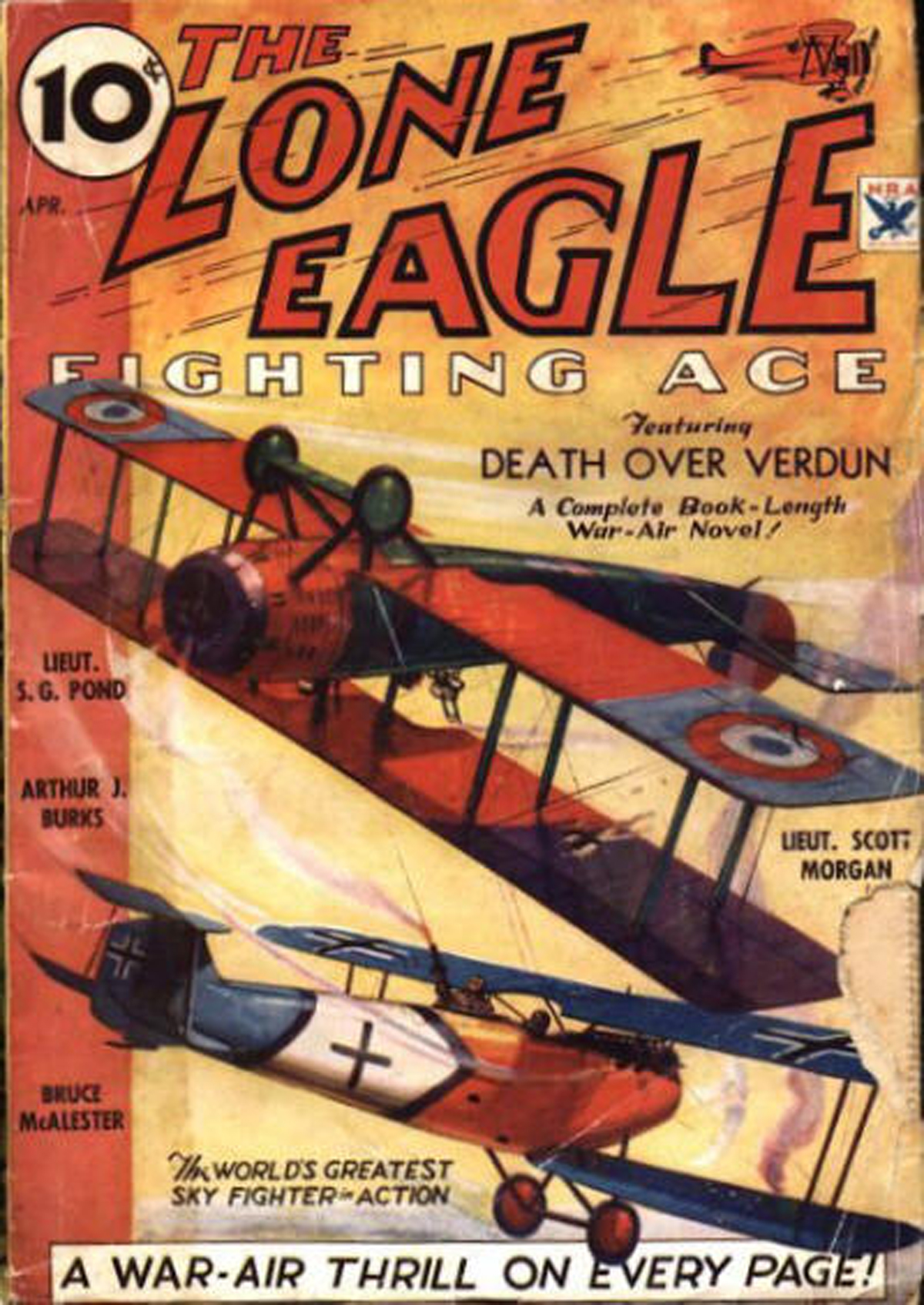LESTER DENT is best  remembered as the man behind Doc Savage. But he wrote all number of other stories before he started chronicling the adventures of everyone’s favorite bronze giant. Here we have an action-packed tale of the air—Nobody likes a glory hog, and Pilot Shack March sets out to teach the company Grapes Grabber a thing or two and stop a Boche spy ring in the process! From the pages of the June 1934 The Lone Eagle it’s—”Grapes Grabber!”
remembered as the man behind Doc Savage. But he wrote all number of other stories before he started chronicling the adventures of everyone’s favorite bronze giant. Here we have an action-packed tale of the air—Nobody likes a glory hog, and Pilot Shack March sets out to teach the company Grapes Grabber a thing or two and stop a Boche spy ring in the process! From the pages of the June 1934 The Lone Eagle it’s—”Grapes Grabber!”
The Boche have developed an even faster and better plane and Major Sam Flack has been called in to double bluff a captured Boche agent into taking him behind enemy lines to the prototype!
Pilot Shack March Shows a Glory Glutton a Thing or Two in this Zooming Yarn of Exciting Action in Hunland!
If you enjoyed this story, Black Dog Books has put out an excellent volume collecting 11 of Lester Dent’s early air stories set against the backdrop of World War !. The book includes this story as well as others from the pages of War Birds, War Aces, Flying Aces, Sky Birds and The Lone Eagle. It’s The Skull Squadron! Check it out!
And as a bonus, here’s another article from Lester’s home town paper, The LaPlata Home Press, this time with heads-up on Lester passing through town on his way to Mexico and California!
Lester Dent Is Now In The Big League
Visits Parents Here Enroute To Mexico and California
The LaPlata Home Press, LaPlata, MO • 4 August 1932
Lester Dent, writer of adventure fiction, arrived from New York City Monday, accompanied by his wife. They will spend the remainder of the week visiting Lester’s parents, Mr. and Mrs. Bern Dent, who live northeast of LaPlata. Lester will then depart on a two-month auto trip through old Mexico, visiting regions now being troubled by border bandits, leaving Mexico, he will take a gold prospecting jaunt into Death Valley, in California.
Mrs. Dent will remain in the meantime at Carrollton, Mo., her former home.

Louis Madison, formerly of LaPlata, will go with Lester. Mr. Madison, who with his mother, now lives near Flint, Mich., joined Lester as he was enroute from New York to LaPlata via Canada. Lester and Mr. Madison graduated from LaPlata High School together.
During the western trip, Lester will gather color for use in the adventure stories he writes. He will return to LaPlata for a later visit, and spend the winter in New York City.
Mr. Dent is becoming widely known as a writer of western, detective and war-air fiction. He will have nine stories in magazines on the news stands during the month of August, six under his own name and three under pen names. A New York editor recently said of Lester Dent: “He is the most promising writer of bang-up action fiction who has loomed over the horizon in many a year.”
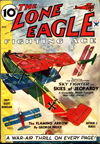 a story from the highly prolific George Bruce. Bruce, a former pilot, began writing in the 1920’s and became noted for his aerial war stories—several publications even bore his name. In the 1930’s and ’40’s he transitioned into screenwriting for Hollywood action films and then into tv in the 1950’s and ’60’s.
a story from the highly prolific George Bruce. Bruce, a former pilot, began writing in the 1920’s and became noted for his aerial war stories—several publications even bore his name. In the 1930’s and ’40’s he transitioned into screenwriting for Hollywood action films and then into tv in the 1950’s and ’60’s.




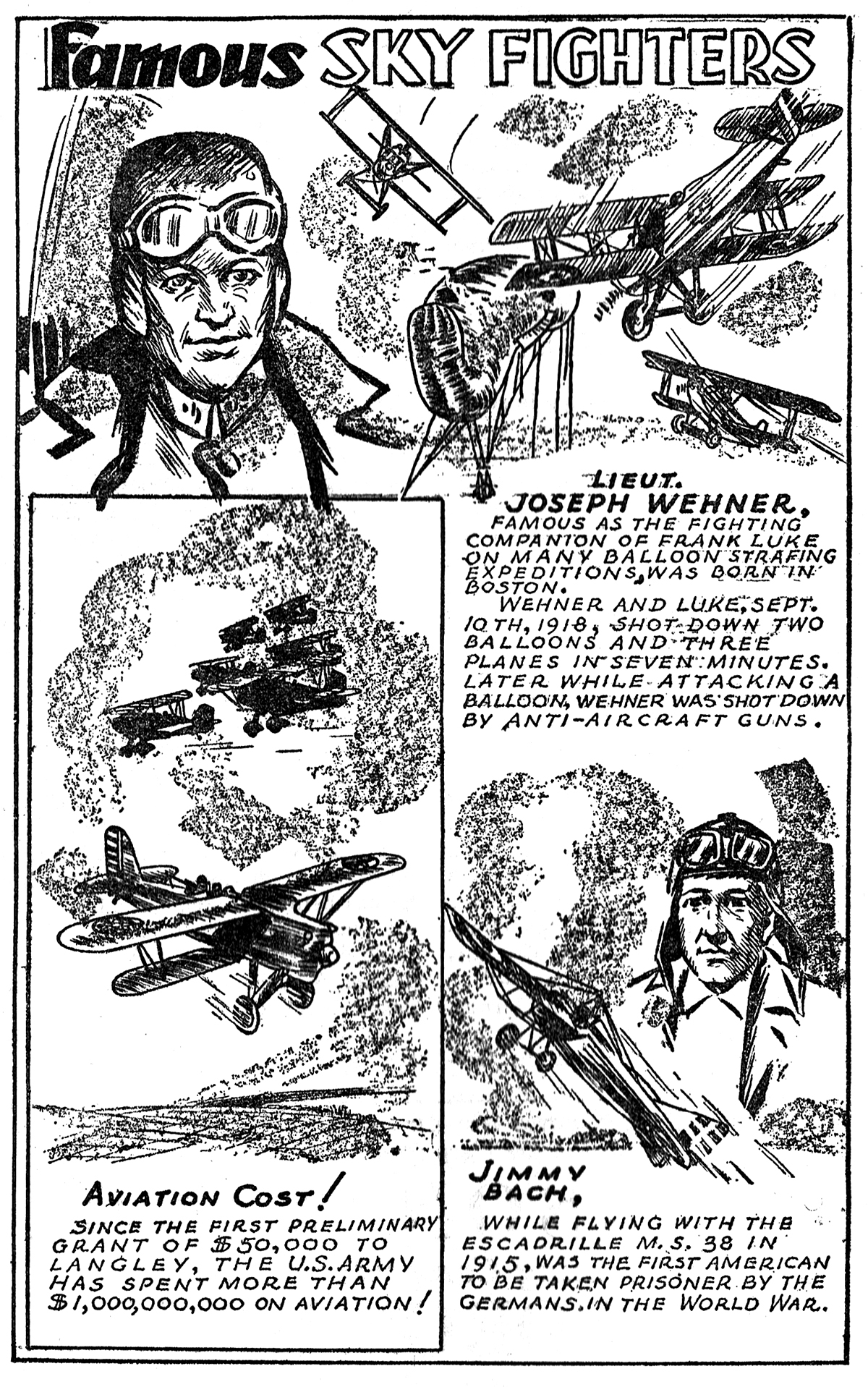

 Silent Orth had made an enviable record, in the face of one of the worst beginnings—a beginning which had been so filled with boasting that his wingmates hadn’t been able to stand it. But Orth hadn’t thought of all his talk as boasting, because he had invariably made good on it. However, someone had brought home to him the fact that brave, efficient men were usually modest and really silent, and he had shut his mouth like a trap from that moment on.
Silent Orth had made an enviable record, in the face of one of the worst beginnings—a beginning which had been so filled with boasting that his wingmates hadn’t been able to stand it. But Orth hadn’t thought of all his talk as boasting, because he had invariably made good on it. However, someone had brought home to him the fact that brave, efficient men were usually modest and really silent, and he had shut his mouth like a trap from that moment on.



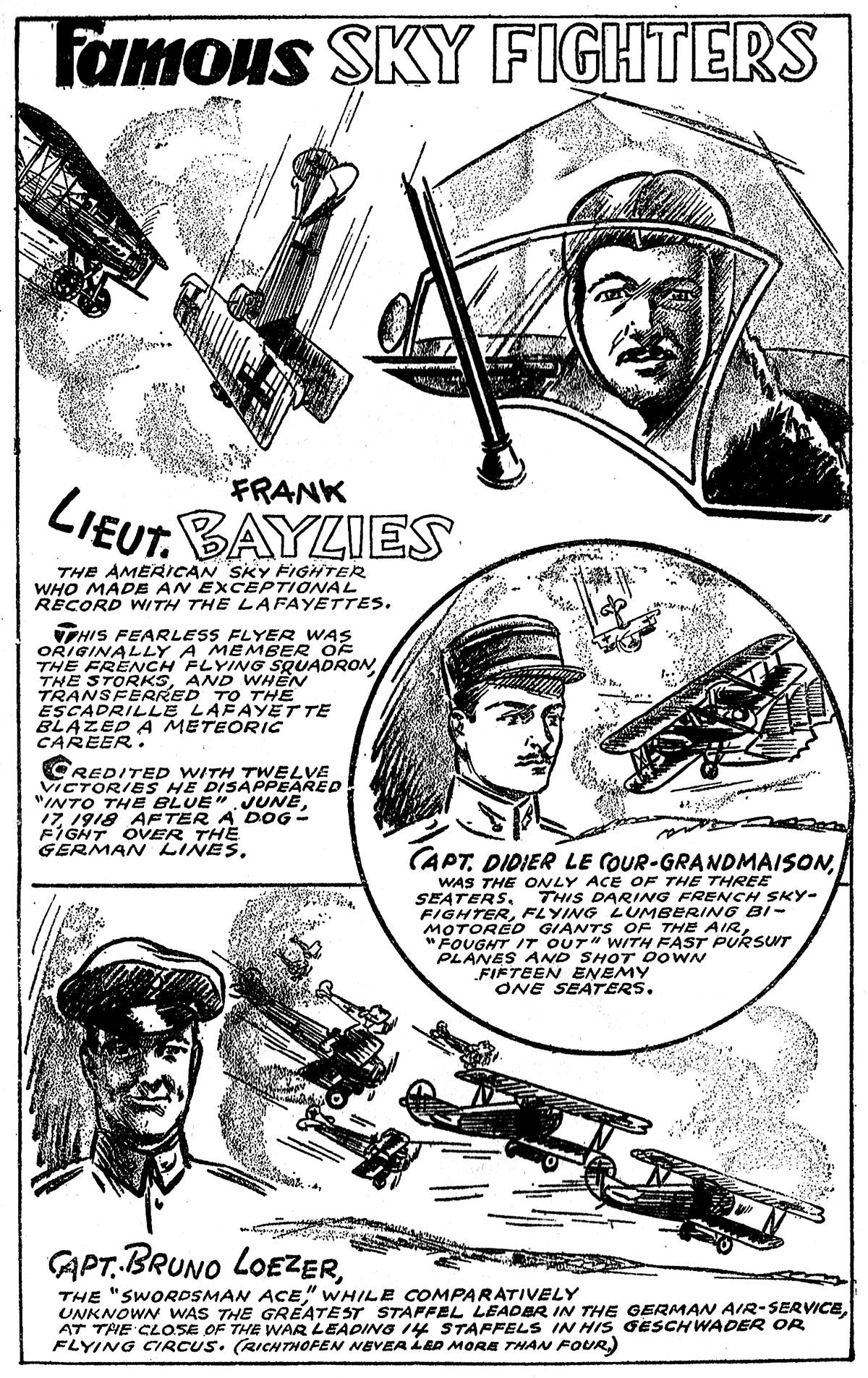
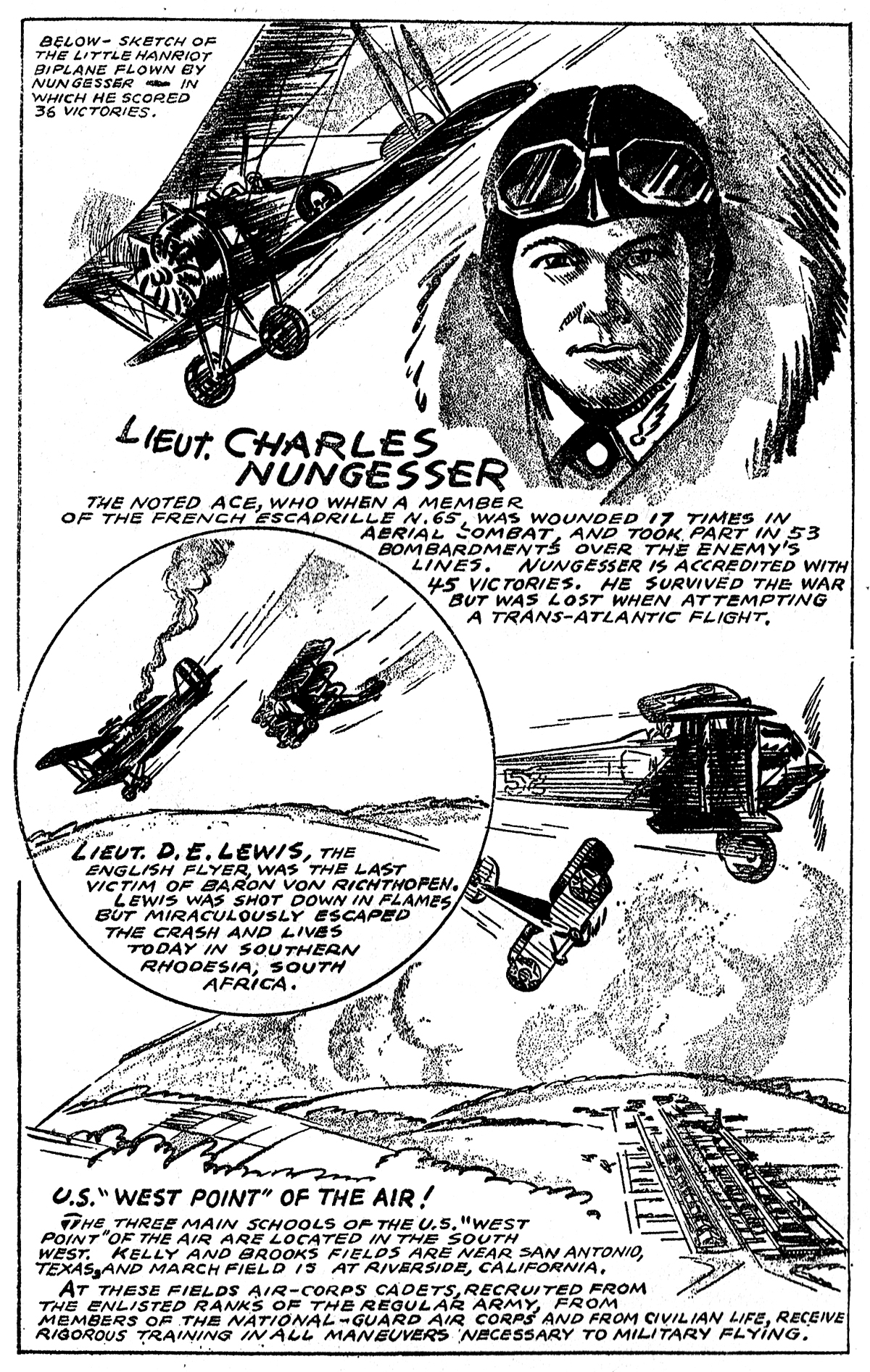
 remembered as the man behind
remembered as the man behind 
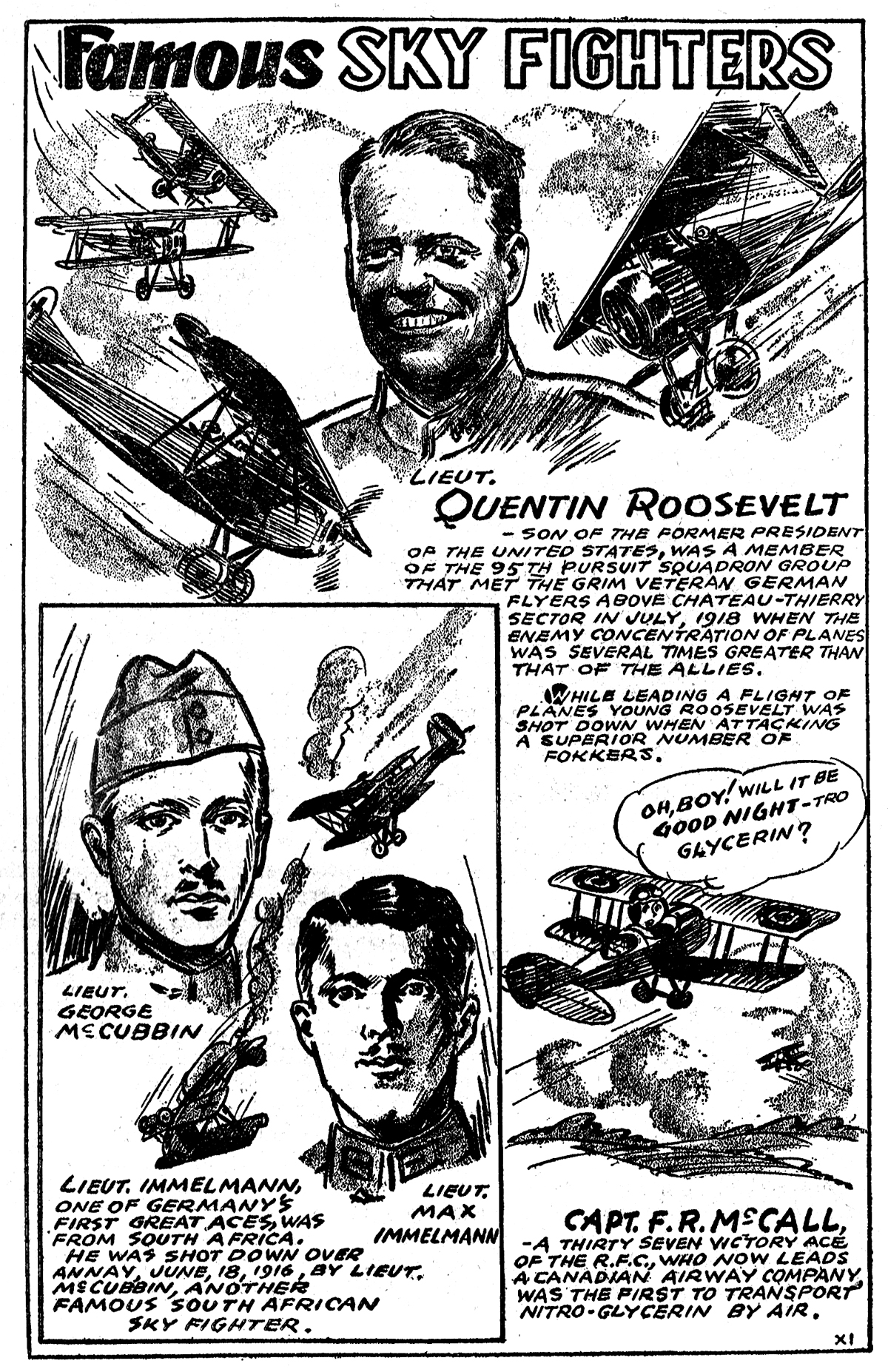
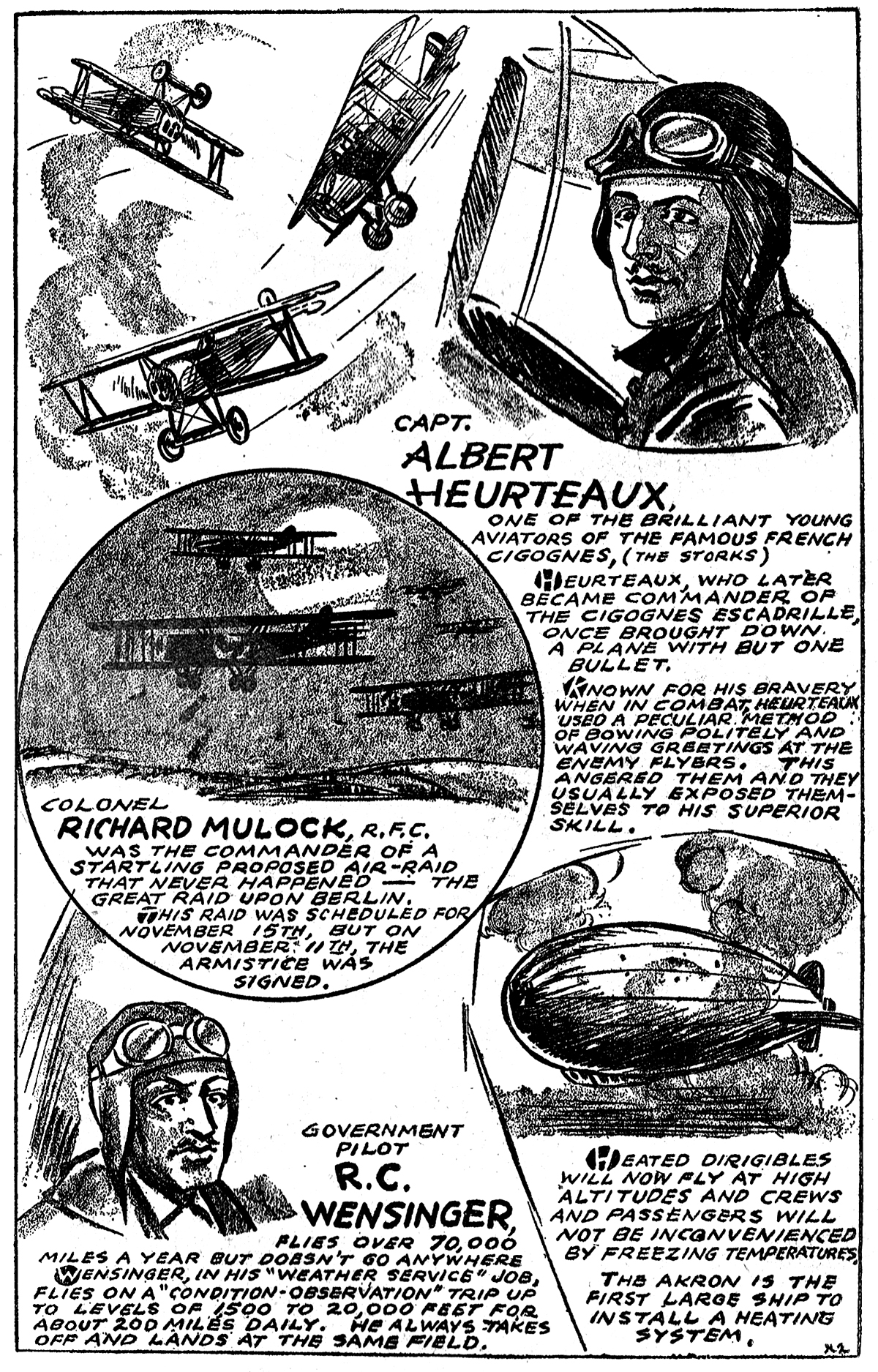
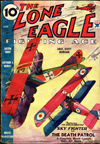
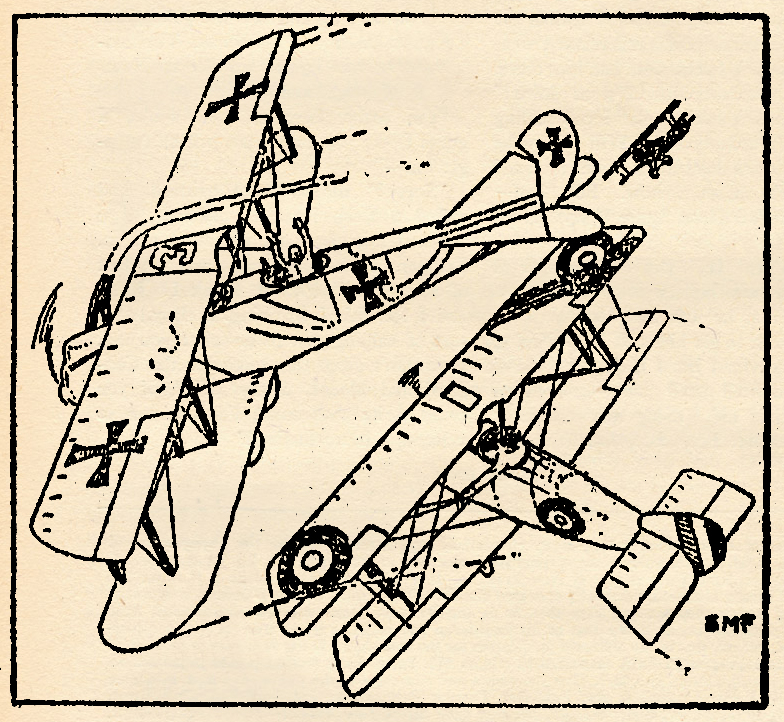
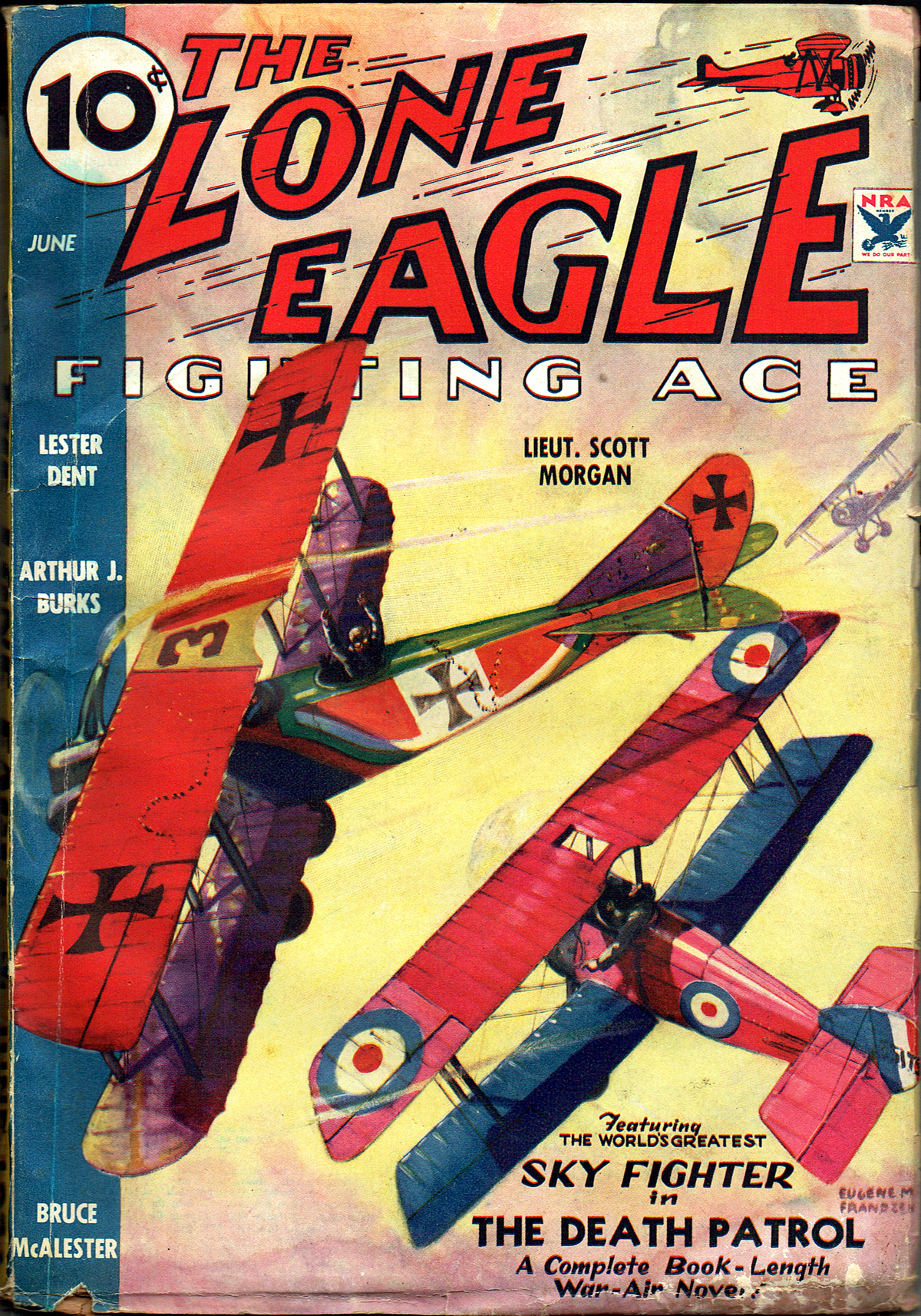
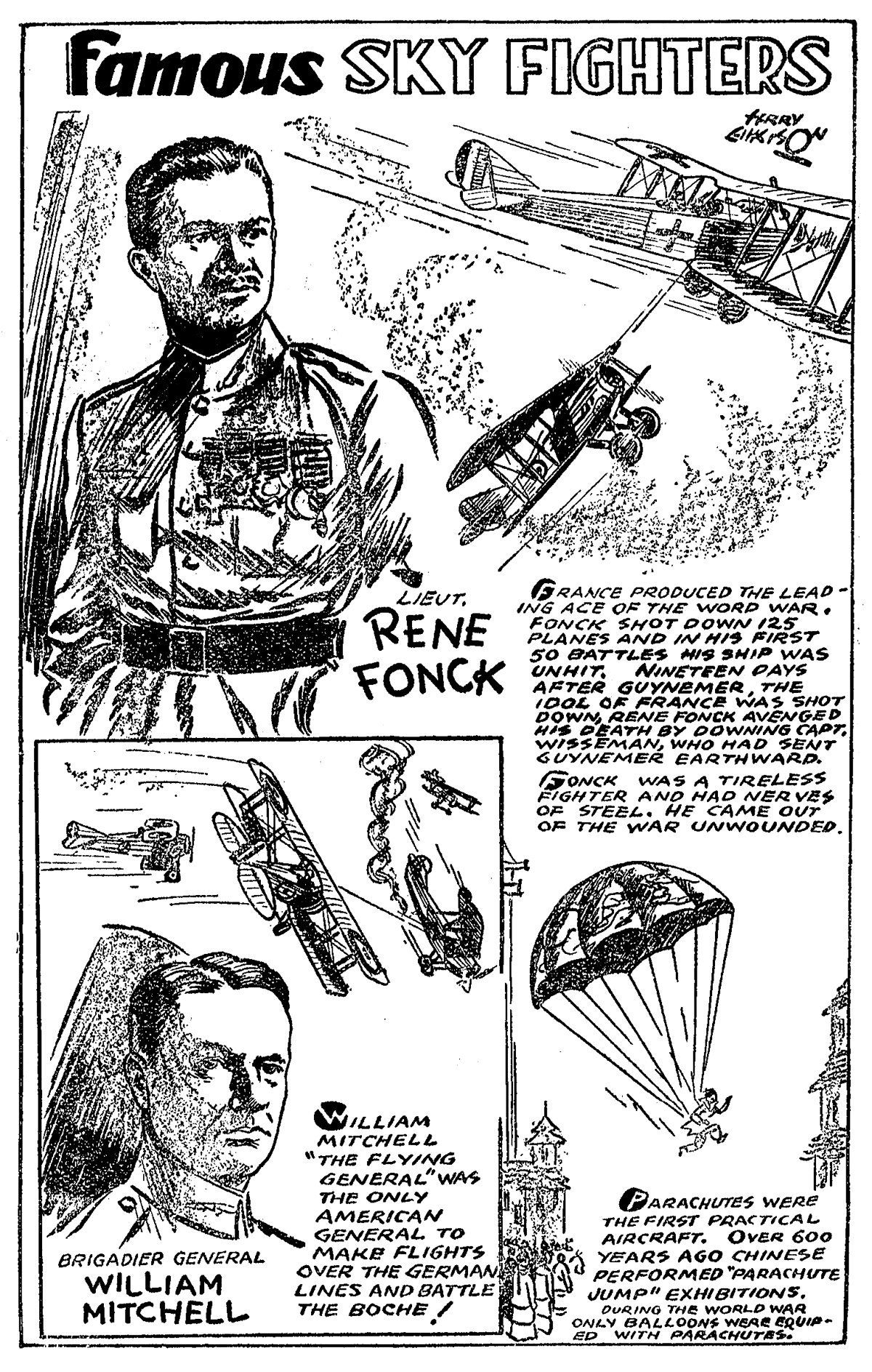

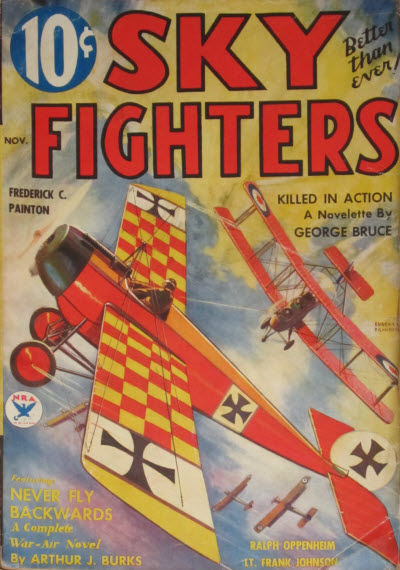 Silent Orth had made an enviable record, in the face of one of the worst beginnings—a beginning which had been so filled with boasting that his wingmates hadn’t been able to stand it. But Orth hadn’t thought of all his talk as boasting, because he had invariably made good on it. However, someone had brought home to him the fact that brave, efficient men were usually modest and really silent, and he had shut his mouth like a trap from that moment on.
Silent Orth had made an enviable record, in the face of one of the worst beginnings—a beginning which had been so filled with boasting that his wingmates hadn’t been able to stand it. But Orth hadn’t thought of all his talk as boasting, because he had invariably made good on it. However, someone had brought home to him the fact that brave, efficient men were usually modest and really silent, and he had shut his mouth like a trap from that moment on.